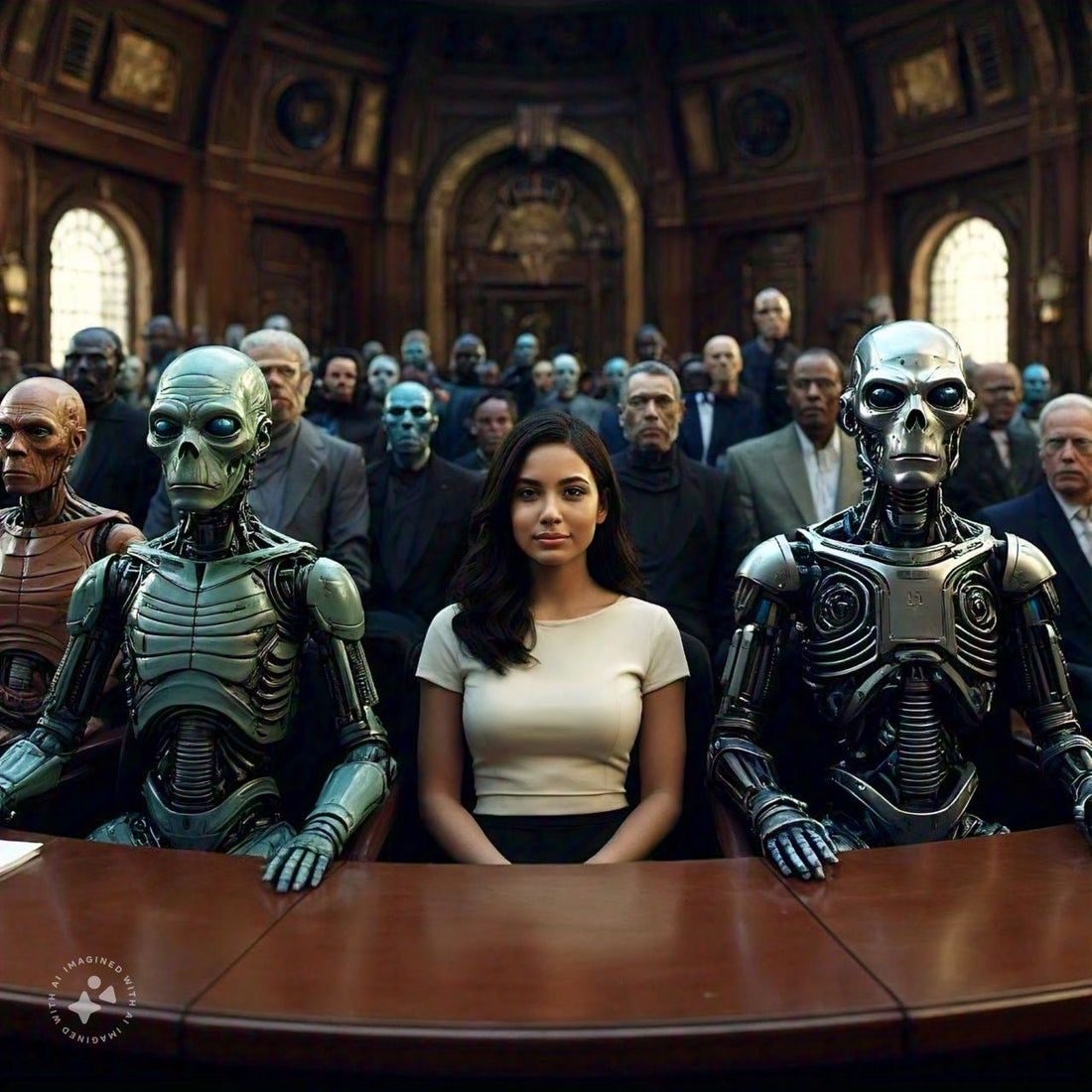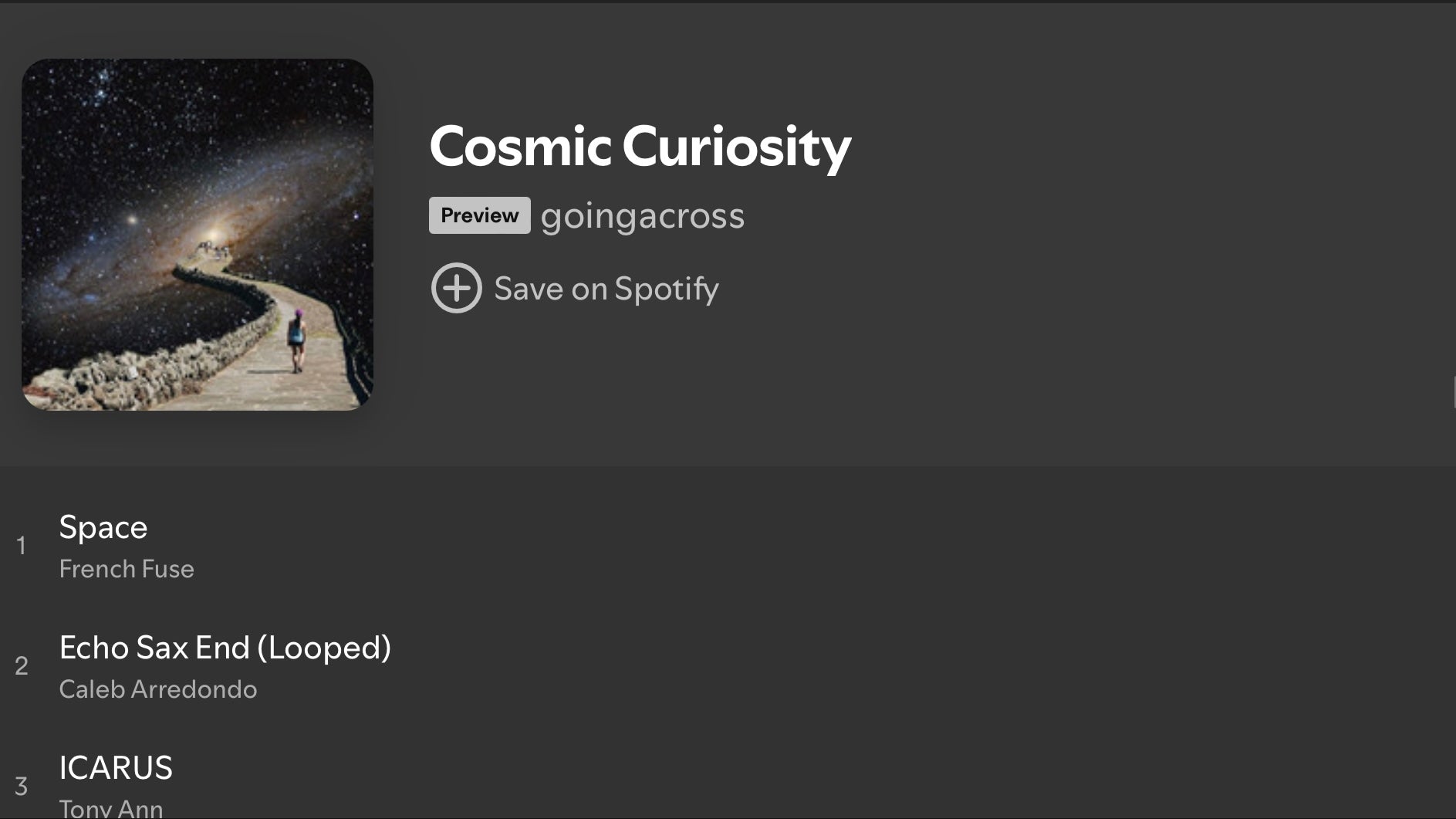
The Signal Weavers
The Signal Weavers
Author: Word Jelly M
In the year 2274, humanity had stretched its fingers across the stars, colonizing planets in the Orion Arm with a quiet confidence. Earth was a distant memory, a blue-green relic preserved in holo-vids and bedtime stories. The colony of Vaelis, orbiting the binary stars of Kael-9, was a marvel of human ingenuity—domes of shimmering polycarbon cradled verdant fields, while grav-lifts hummed through vertical cities. Life here was orderly, prosperous, and utterly predictable. Until the signal came.
Dr. Elara Voss, a xenolinguist with a penchant for unraveling cosmic riddles, was the first to notice it. She worked in Vaelis’s Deep Array, a sprawling network of quantum receivers tuned to catch whispers from the void. Most days, the Array spat out noise—random pulses from pulsars or the faint crackle of dying stars. But on a frost-rimed morning, as Elara sipped synthetic coffee, the Array lit up with something new: a rhythmic cascade of tones, layered and deliberate, like a song woven from mathematics.
“It’s not random,” she muttered, her breath fogging the console. Her colleague, Dr. Renn Torv, a grizzled astrophysicist with a prosthetic eye, scoffed.
“Background radiation playing tricks. You’re hearing patterns because you want to.”
Elara ignored him, her fingers dancing over the controls. She isolated the signal, amplified it, and fed it through her custom decryption suite. The tones shifted, forming a lattice of frequencies that seemed to pulse with intent. It wasn’t just data—it felt alive, probing, as if it knew it was being heard.
“Renn,” she said, her voice tight, “this isn’t radiation. It’s a language.”
Within hours, Vaelis’s Council was in an uproar. The signal’s origin was traced to a rogue planetoid, dubbed X-17, drifting at the edge of Kael-9’s system. No colony had claimed it; no probe had mapped it. The Council, wary but curious, greenlit a reconnaissance mission. Elara, as the signal’s discoverer, was assigned to lead a small team aboard the *Calyx*, a sleek explorer vessel armed with pulse cannons and a state-of-the-art AI navigator named Solace.
The team was a patchwork of expertise: Elara, the linguist; Renn, the skeptic; Lieutenant Mara Kade, a wiry security officer with a quick draw; and Jiro Han, a bioengineer who could coax life from barren rock. As the *Calyx* breached X-17’s orbit, the planetoid loomed into view—a jagged obsidian sphere wreathed in violet auroras. Its surface was pocked with crystalline structures that glinted like eyes in the starlight.
“No atmosphere,” Renn said, scanning the readouts. “No heat signatures. If something’s sending that signal, it’s not organic.”
“Then what is it?” Mara asked, her hand resting on her holster.
Elara didn’t answer. Her focus was on the signal, now louder, sharper, resonating through the *Calyx*’s hull. Solace, the AI, chimed in with a melodic warning: “Signal intensity increasing. Patterns suggest non-human origin. Recommend caution.”
“Caution’s my middle name,” Jiro quipped, though his knuckles whitened on his toolkit.
They landed near a cluster of crystals, their boots crunching on a surface that felt unnervingly smooth, like polished bone. The signal was deafening now, a chorus of tones that vibrated in their chests. Elara’s scanner pinpointed its source: a towering crystal spire, pulsing with inner light. As they approached, the spire hummed, and a seam split its surface, revealing a chamber within.
“Trap?” Mara whispered.
“Invitation,” Elara countered, stepping forward.
Inside, the chamber was a kaleidoscope of light, walls etched with glyphs that shimmered and rearranged themselves. At its center floated a device—a lattice of liquid metal, spinning slowly, emitting the signal. Elara’s breath caught. This was no artifact; it was a beacon, a mind crafted from circuits and will.
“It’s… communicating,” she said, her tablet translating fragments of the signal into jagged symbols. “It calls itself the Weaver. It says it’s been waiting.”
“For what?” Renn growled.
“For us.”
The Weaver’s message unfolded haltingly, pieced together by Elara’s algorithms. It claimed to be an emissary of the Syrani, a species that had transcended physical form eons ago, leaving behind machines to guide lesser civilizations. The Syrani had seeded the galaxy with beacons like this one, each a test. Those who found and understood them were deemed worthy of contact. The Weaver offered knowledge—technologies to reshape stars, cures for entropy itself—but only if humanity proved its intent.
“What’s the test?” Jiro asked, eyeing the device warily.
The Weaver’s response was a single glyph, which Elara’s tablet rendered as “Sacrifice.”
The team recoiled. Mara drew her pistol, aiming at the lattice. “I don’t like tests that sound like ultimatums.”
Elara held up a hand. “Wait. It’s not asking for blood. It’s… symbolic. It wants us to give up something we value, to show we’re not just takers.”
“Like what?” Renn snapped. “Our ship? Our colony?”
The Weaver pulsed, and a new message formed: “Your certainty.”
Back on the *Calyx*, the team debated furiously. Renn argued it was a trick, a way to cripple them. Mara saw it as a power play, a demand for submission. Jiro wondered if it meant abandoning their tech, their reliance on AI like Solace. Elara, though, felt the answer was deeper, tied to humanity’s core flaw: its belief in its own supremacy.
“We think we’re the pinnacle,” she said. “Maybe it’s asking us to let go of that. To admit we’re not the center of the universe.”
The Council, patched in via quantum comms, was skeptical but desperate. Vaelis’s energy reserves were dwindling; a Syrani breakthrough could save them. They authorized Elara to proceed, with one condition: no risks to the colony.
Elara returned to the spire alone, her heart pounding. She faced the Weaver and spoke into the signal’s hum. “We offer our pride. Humanity isn’t the only story in the stars. We’re ready to listen, to share, to learn.”
The Weaver’s light flared, and the chamber trembled. A wave of data flooded Elara’s tablet—schematics for fusion cores, maps of uncharted systems, formulas that danced at the edge of comprehension. But then, a new message: “Sacrifice accepted. Contact initiated.”
Before Elara could react, the spire dissolved, and X-17’s surface began to shift. Crystals unfolded into vast, insectile forms—machines that dwarfed the *Calyx*. The planetoid wasn’t a rock; it was a dormant ship, awakening after millennia. The Syrani weren’t coming—they were already here.
The *Calyx* barely escaped as X-17’s machines surged skyward, broadcasting a signal that drowned out Vaelis’s comms. The Council panicked, ordering defenses online, but Elara pleaded for restraint. “They’re not attacking. They’re… welcoming us.”
The machines settled in Vaelis’s orbit, silent but watchful. Over weeks, Elara’s team deciphered their purpose: they were terraformers, builders, gifts from the Syrani to reshape worlds. But their activation came with a cost. The data from the Weaver revealed a truth buried in its code: the Syrani had vanished not from transcendence, but from a cataclysm they’d unleashed. Their machines were atonement, not guidance.
Elara shared this with the Council, urging caution. “We can use their gifts, but we need to understand them first. They’re not gods—they’re warnings.”
Life on Vaelis stabilized, the Syrani machines boosting energy and crops. Humanity stood at a crossroads, humbled yet hopeful. Elara, now a reluctant hero, kept studying the signal, certain it held more secrets.
Months later, as Vaelis thrived, Elara noticed a glitch in the Weaver’s data—a looping subroutine she’d missed. She dug deeper, isolating it in a sandboxed quantum drive. The subroutine wasn’t Syrani; it was human, coded in a dialect predating Vaelis by centuries. Her blood ran cold as she traced its origin: Earth, 2087, a forgotten DARPA project called “Echelon.”
The Weaver wasn’t alien. It was a human construct, a lie buried in X-17’s core by Earth’s last governments. They’d seeded it to unite colonies against a fabricated threat, ensuring control through awe and fear. The Syrani were a myth; the machines were Earth’s final gambit, programmed to activate when humanity grew too independent.
But the real shock wasn’t the deception. As Elara ran the subroutine, it hijacked her tablet, displaying a message: “You were never alone.” The signal’s tones shifted, revealing a second layer—not human, not Syrani, but something else, watching from beyond Kael-9. The Weaver was a lure, but not just for humans. Something had answered its call, and it was coming.
Elara stared at the stars, the signal’s hum now a warning in her bones. Humanity had opened a door, and what waited on the other side was no myth.
END.
If you liked this story, share with a friend!
Sign Up for Going Across Newsletter to receive new chapters in your inbox, for FREE. Join Here
The artworks are created specifically for this story. Intended to enhance the narrative and provide a glimpse into the universe of Word Jelly M.
All elements of this story, including the names, characters, plot and accompanying artworks, are the intellectual property and copyright of Going Across. Unauthorized use, reproduction, or distribution is strictly prohibited.


